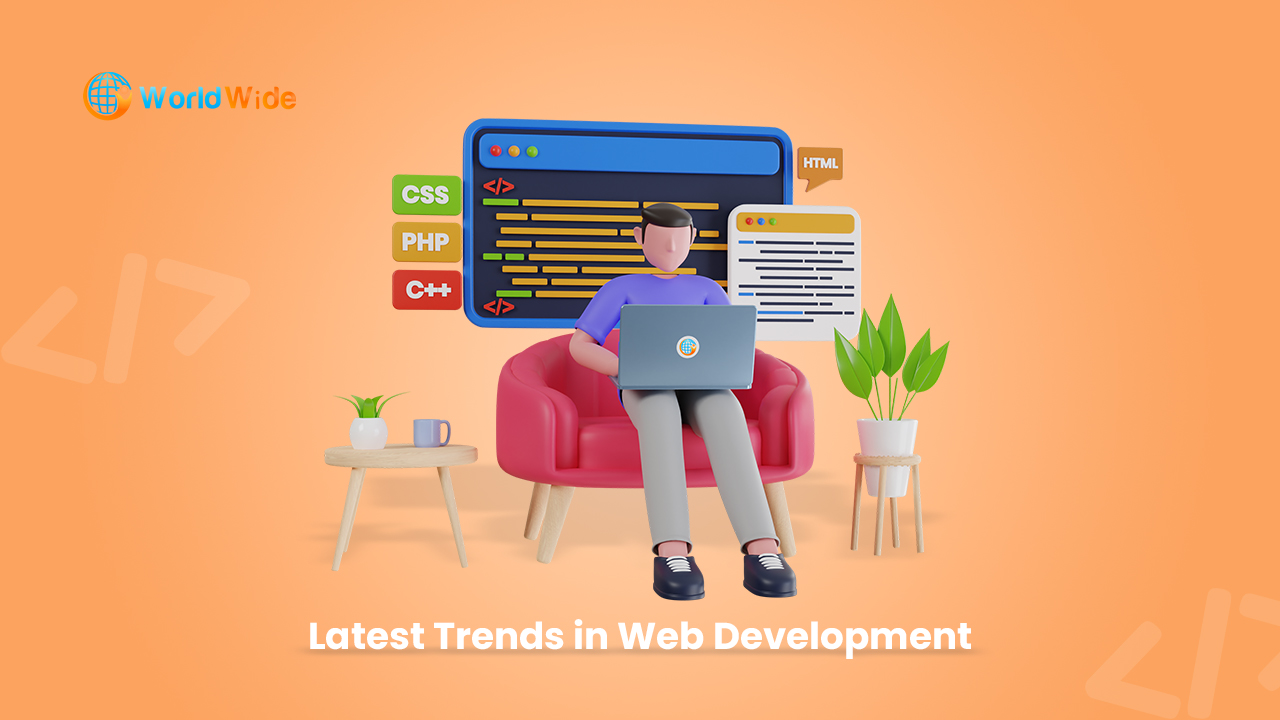Web development is evolving at a rapid pace. Staying updated with the latest trends is crucial for creating modern and user-friendly websites. In 2025, new technologies and methods are changing how we build, design, and optimize websites. In this blog, we’ll explore the most important trends that you should know about.
1. Progressive Web Apps (PWAs): The Future of Web and Mobile
Progressive Web Apps (PWAs) are changing how we think about web development. PWAs combine the benefits of both web and mobile apps. They load faster, work offline, and offer a native app-like experience. This makes them ideal for businesses looking to improve user engagement.
For developers, PWAs are easier to maintain than traditional apps. They also reduce costs. With mobile-first experiences becoming more common, PWAs are a must-have for businesses.
2. Dark Mode: A Design Revolution
Dark mode is one of the most requested features by users. It reduces eye strain and saves battery life on mobile devices. This makes it a favorite for users in low-light environments.
For web developers, adding dark mode has become essential. It not only improves usability, but also shows that your website is modern. Many websites now allow users to switch between light and dark modes automatically. This provides a personalized experience.
3. Artificial Intelligence (AI) and Chatbots: Enhancing User Interaction
AI-powered chatbots are becoming more common on websites. They can answer customer queries, guide users, and even offer recommendations. This means businesses can offer 24/7 support without the need for human intervention.
For developers, integrating AI into websites improves user engagement. It also increases conversions. As AI continues to improve, chatbots will become smarter and more effective.
4. Single Page Applications (SPAs): Faster and Smoother User Experience
Single Page Applications (SPAs) are becoming the standard for modern websites. SPAs load content dynamically, which means users don’t need to refresh the page. This makes the website faster and more responsive.
SPAs are ideal for businesses that want a smooth user experience. They also help reduce bounce rates, as users can navigate the site without interruptions.
5. Voice Search Optimization: Preparing for the Future
Voice search is gaining popularity. More users are relying on voice assistants like Siri, Alexa, and Google Assistant. This means optimizing websites for voice search is crucial.
To optimize for voice search, focus on natural language and conversational keywords. As voice search becomes more common, websites that are voice-friendly will have an edge over the competition.
6. Serverless Architecture: Streamlining Development
Serverless architecture is changing how applications are developed. It allows developers to build and run applications without managing servers. This reduces complexity and makes development faster.
With serverless frameworks, developers can focus on writing code, not managing infrastructure. This leads to increased productivity and cost savings. As cloud services continue to grow, serverless computing will become the norm.
7. Motion UI: Adding Life to Your Website
Motion UI is one of the most exciting trends in web design. Adding animations, transitions, and micro-interactions makes websites more engaging. It enhances the user experience by adding movement and excitement.
Motion UI can guide users through a website or highlight key features. When done right, it keeps users engaged without being distracting.
Conclusion: Embrace the Future of Web Development
Web development is moving faster than ever. Staying on top of these trends will help you create modern, user-friendly websites. Whether you’re building PWAs, integrating AI, or adding dark mode, embracing these changes will keep your website competitive.
As digital experiences continue to evolve, keeping up with these trends will help your business stay ahead.




